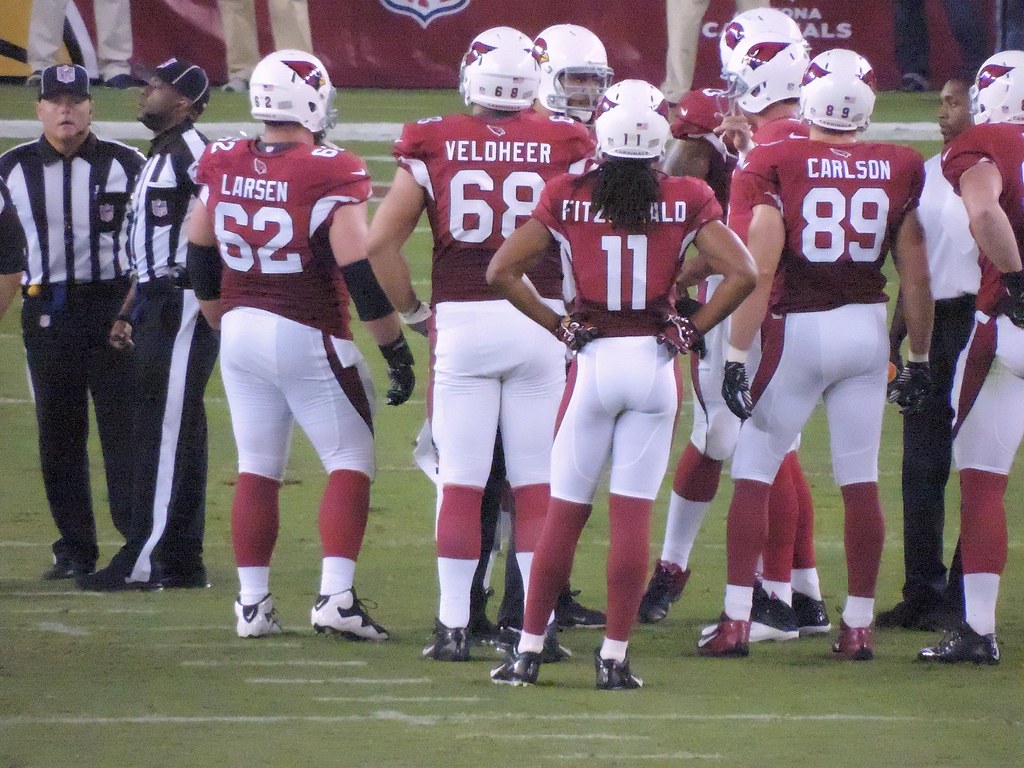
The Arizona Cardinals have initiated a significant shift in their quarterback landscape, making a series of moves that will redefine the team’s immediate future under center. In a surprising development, veteran quarterback Colt McCoy was released on Monday, a decision that reverberated across the league just weeks before the start of the regular season. This unexpected roster cut follows the team’s confirmation that franchise quarterback Kyler Murray will begin the season on the Physically Unable to Perform (PUP) list.
The release of McCoy, who had been widely anticipated to serve as the Cardinals’ starting signal-caller in Murray’s absence, creates a dynamic new competition for the critical Week 1 role. Head coach Jonathan Gannon confirmed the decision to part ways with the 36-year-old quarterback. This move now sets the stage for recently acquired Joshua Dobbs and rookie Clayton Tune to battle for the top spot.
Coach Gannon elaborated on the rationale behind the difficult decision, stating that the team had evaluated McCoy’s “full body of work.” He emphasized that the move was made in the “best interest of Arizona to start the season without him.” This comprehensive assessment included McCoy’s performance throughout Organized Team Activities (OTAs), training camp, and the preseason games.
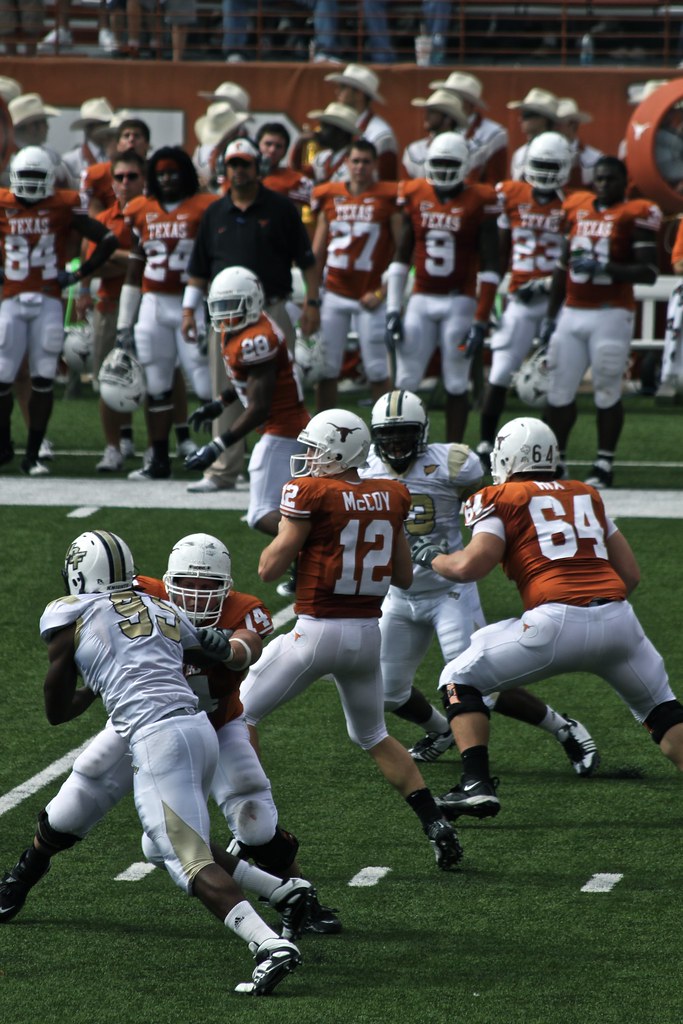
Gannon further clarified that the decision was not spurred by any specific poor performance, but rather a collective judgment over time. “I don’t think it’s anything he didn’t show us,” Gannon explained, underscoring that the team simply felt it was “the best way to go” for the upcoming season. McCoy, a “true pro’s pro” in Gannon’s estimation, had been the first-team quarterback throughout the spring, training camp, and the exhibition games as Murray continued his recovery.
McCoy’s age and durability have been subjects of concern in recent years, and he had undergone elbow surgery earlier this year. Despite this, Gannon declined to specify whether the elbow issue played a direct role in the release. The Cardinals will still be obligated to pay McCoy $2.25 million in guaranteed salary, illustrating the team’s firm commitment to reshaping its quarterback room.
The other pivotal piece of Arizona’s quarterback puzzle involves Kyler Murray’s ongoing recovery. Murray, who sustained a right knee injury in Week 14 last season and underwent ACL surgery in early January, will not be activated off the PUP list before the Tuesday deadline. This designation mandates that Murray will miss at least the first four games of the regular season.
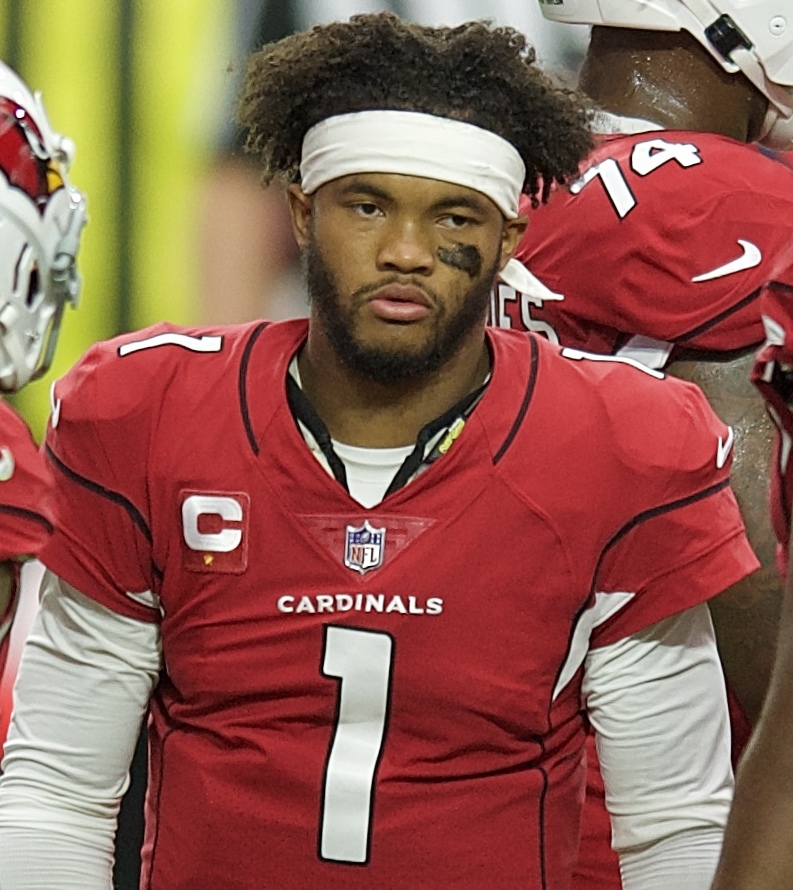
While Murray had previously expressed a desire to return by Week 1, he also acknowledged uncertainty regarding the amount of practice time he would require before being game-ready. His placement on the PUP list means he will be unable to practice with the team during the initial four-game period. Coach Gannon assured that Murray’s rehabilitation approach will remain consistent, prioritizing his health above all else.
“He’s got a plan that’s football related, and he’s got a plan that’s rehab related, and both are important,” Gannon stated. “But obviously the plan that’s most important right now is his health.” Once activated from the PUP list, Murray will have a 21-day window to participate in practice before needing to be moved to the 53-man roster, or face spending the entire season on the list.
With McCoy out and Murray sidelined for the foreseeable future, the Cardinals face a compelling competition for the Week 1 starting job between Joshua Dobbs and Clayton Tune. Both quarterbacks will have the opportunity to showcase their capabilities in the coming weeks. Coach Gannon has opted against publicly naming a starter, strategically maintaining a “competitive advantage” heading into their opening game against the Washington Commanders.
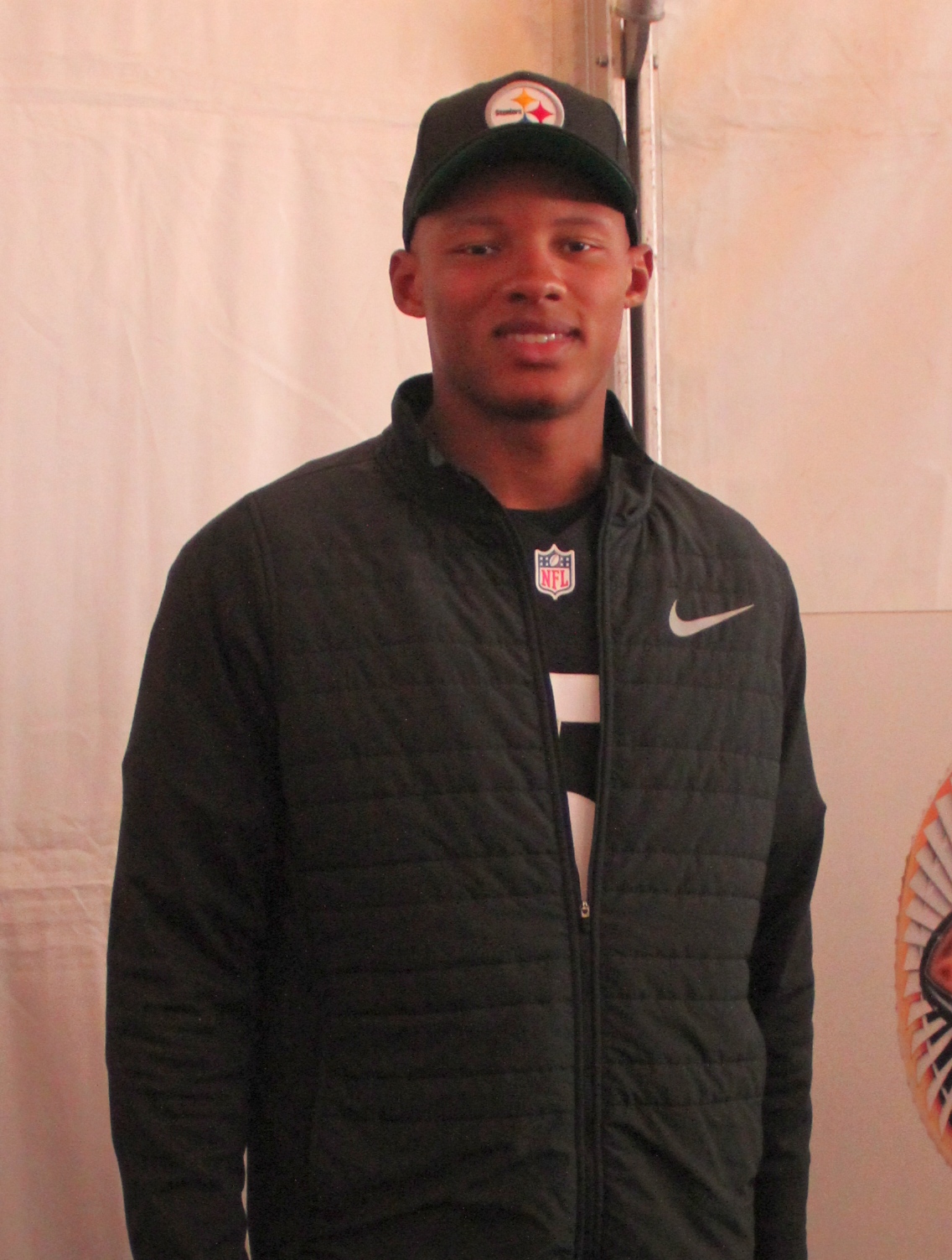
Gannon intends to thoroughly evaluate both Dobbs and Tune in practice over the next two weeks before making a final determination. The decision will be made internally, with no public announcement expected before game day. This approach reflects a desire to keep opponents guessing and maximizes the team’s strategic flexibility.
Joshua Dobbs arrives in Arizona with a unique advantage: prior familiarity with the Cardinals’ new offensive scheme. He was acquired last Thursday from the Cleveland Browns in exchange for a fifth-round pick, with the Cardinals also receiving a seventh-round pick in the deal. Dobbs previously worked under current Cardinals offensive coordinator Drew Petzing and quarterbacks coach Israel Woolfork during their shared time in Cleveland last season.
This pre-existing connection with the coaching staff is seen as “very valuable” by Coach Gannon. Dobbs, described as a “mobile guy that understands the system” who can “make throws, play in and out of the pocket,” aligns well with what Arizona was seeking. Gannon expressed comfort with Dobbs potentially stepping in as a Week 1 starter despite his limited time with the team.

“It’s never easy for a new guy coming to a new team,” Gannon acknowledged, but highlighted Dobbs’ intelligence and character, noting the Cardinals had even explored signing him during the offseason. Dobbs began his NFL career with the Pittsburgh Steelers in 2018, later spending time with the Tennessee Titans and Detroit Lions. He started two games for the Titans in 2022, providing some recent game experience.
On the other side of the competition is Clayton Tune, the Cardinals’ fifth-round selection out of the University of Houston this year. Tune has primarily run the second-team offense throughout the spring, training camp, and preseason, showcasing flashes of potential. His development is still in its early stages, reflecting the typical trajectory for a rookie quarterback.
Tune’s preseason performance demonstrated both promise and areas for growth. In the recent loss to the Denver Broncos, he appeared less decisive than in previous games, which contributed to his three sacks on the afternoon. While he is not solely to blame for the eight sacks he took during exhibition play, there were instances where he could have minimized the damage.
Despite these growing pains, Tune has compiled 361 passing yards, one touchdown, and one interception on 35-52 passing across three preseason games. His overall performance appears to have solidified his roster spot behind Kyler Murray, at least for now. However, the Cardinals remain open to external options depending on the outcomes of the 53-man roster cuts across the league.
Beyond the quarterback room, the Cardinals have made additional roster adjustments ahead of the Tuesday deadline. Safety Sean Chandler and cornerback Nate Hairston were also released. Furthermore, offensive lineman Pat Elflein was placed on injured reserve, a move that likely concludes his brief tenure with the team.
These significant personnel decisions mark a decisive pivot for the Arizona Cardinals as they navigate the complexities of an NFL season. The team’s immediate focus is clear: to establish stability and effective leadership at the quarterback position as Kyler Murray continues his journey back to full health. This moment also offers a compelling opportunity to reflect on the long and varied history of quarterbacks who have guided the Cardinals franchise.
The evolution of the quarterback position itself within the National Football League provides a fascinating backdrop to the Cardinals’ current situation. In the early era of American football, the forward pass was not even legalized until the early 1900s, and its full adoption took many more years. Rules like the requirement to be five yards behind the line of scrimmage before attempting a forward pass significantly limited the quarterback’s importance.
During these formative years, the tactical emphasis was heavily placed on rushing the football. This elevated the value of different types of backs, such as the halfback and the fullback. It was common to see multiple players attempt passes during a single game, as some of these “triple-threat men” were equally capable of rushing, passing, or kicking the football, illustrating a very different strategic landscape.
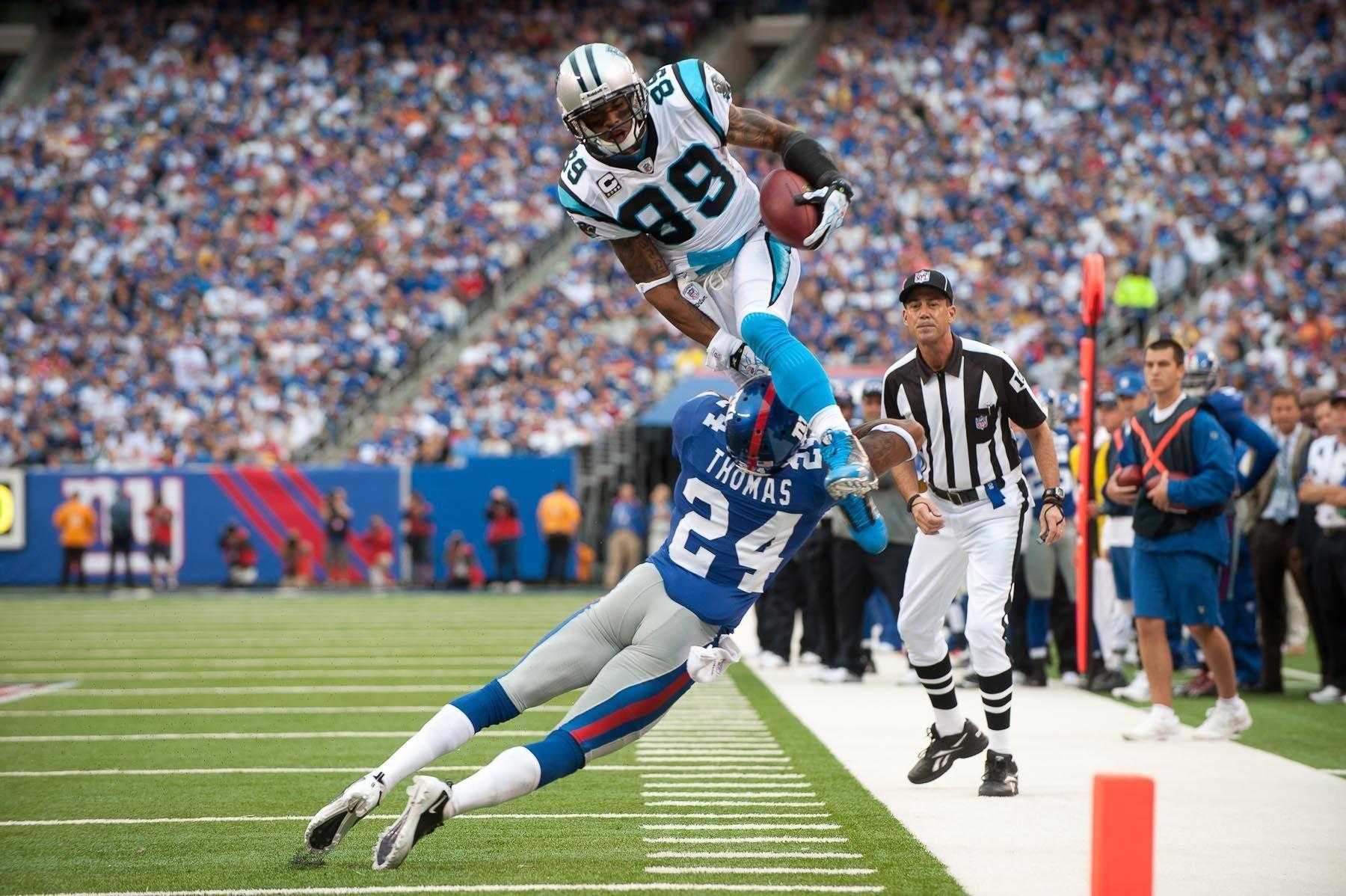
As the NFL matured and its rules underwent significant changes, the game gradually shifted towards a more pass-centric offensive approach. This transformation inherently amplified the importance of the quarterback position, granting it the central role it holds in modern football. This pivotal shift in the game’s dynamics made tracking quarterback performance more meaningful and feasible.
Beginning in 1950, for instance, the total wins and losses by a team’s starting quarterback began to be meticulously tracked, providing a clearer historical record. Prior to this, the Cardinals, like many early NFL teams, had numerous players identified as playing the quarterback position. However, unreliable statistics and the vastly different nature of the early quarterback role render comprehensive tracking of starts impractical for that timeframe.
The Cardinals franchise has seen a diverse array of signal-callers lead their offense through various eras and geographical locations. From their time as the Chicago Cardinals, then the St. Louis Cardinals, followed by the Phoenix Cardinals, and finally settling as the Arizona Cardinals, each city has witnessed its share of quarterback legends and hopefuls. Key figures like Jim Hardy and Frank Tripucka took snaps in the early 1950s as the Chicago Cardinals.
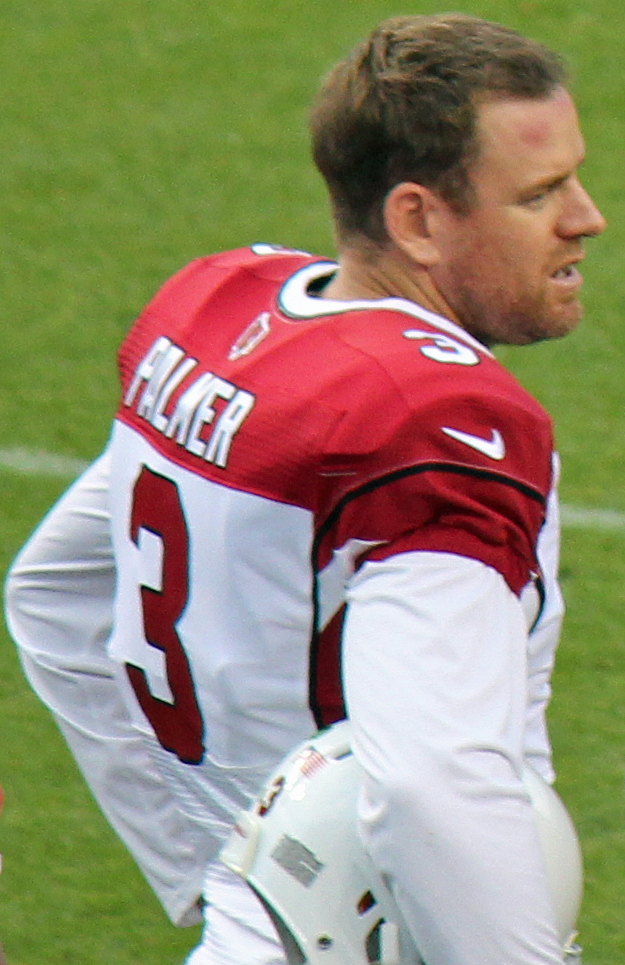
Years later, Jake Plummer emerged as a significant presence for the Arizona Cardinals from 1997 to 2002, bringing a new dynamic to the desert. He was followed by the iconic Kurt Warner, who graced the field for the Cardinals from 2005 to 2009, captivating fans with his prolific passing. Matt Leinart also saw starts during Warner’s tenure, from 2006 to 2007 and again in 2009.
More recently, Carson Palmer took the reins from 2013 to 2017, ushering in a period of significant offensive firepower for the team. And of course, Kyler Murray, who has been the team’s starting quarterback since 2019, represents the current era of Cardinals football. This lineage of quarterbacks underscores the team’s enduring quest for stability and excellence at the position.
Looking at the most games started for the Cardinals in regular season play through the 2024 NFL season, Jim Hart stands as an undisputed ironman of the franchise. From 1967 to 1983, Hart incredibly started 180 games, accumulating 87 wins, 88 losses, and 5 ties, reflecting his immense longevity and central role for the team over nearly two decades. His impact on the franchise’s history is profound.
Following Hart, Neil Lomax carved out a significant career for the Cardinals from 1982 to 1988, starting 101 games. He secured 47 wins, 52 losses, and 2 ties during his tenure, solidifying his place as another long-serving leader under center. These quarterbacks bore the responsibility of leading the team through numerous seasons, often under challenging circumstances.
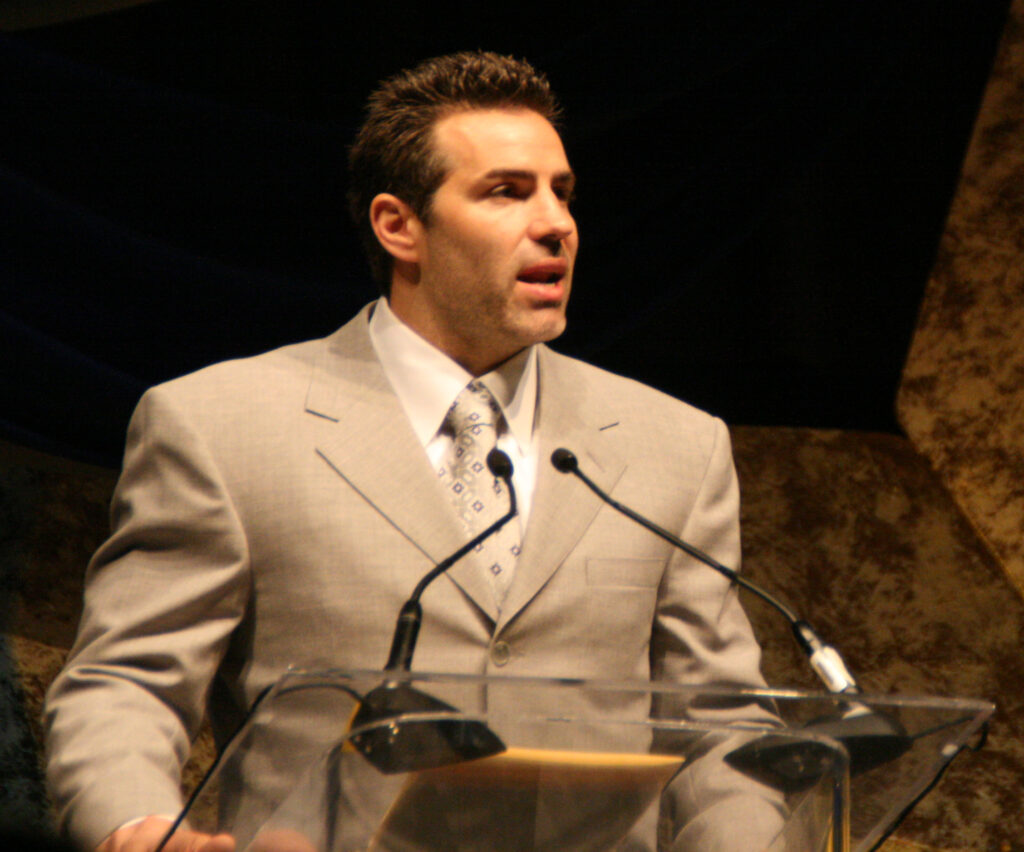
In the modern era, Kyler Murray, despite his relatively shorter career from 2019 to the present, has already amassed 82 starts for the Cardinals, mirroring Jake Plummer’s total from 1997 to 2002, who also started 82 games. Murray has recorded 36 wins, 45 losses, and 1 tie, while Plummer’s record stands at 30 wins and 52 losses, showcasing their substantial time leading the offense.
Other notable figures among the most games started include Charley Johnson, who started 69 games between 1961 and 1969, boasting a strong record of 36 wins, 28 losses, and 5 ties, indicating a period of competitive play. Carson Palmer, with 60 starts from 2013 to 2017, achieved an impressive 38 wins against just 21 losses and 1 tie, giving him the highest winning percentage among these top starters at .633.
Kurt Warner, despite starting fewer games with 58 from 2005 to 2009, brought a different level of offensive prowess, compiling 27 wins and 30 losses. His impact transcended raw numbers, bringing the team to significant heights. These statistics paint a vivid picture of the diverse contributions of the quarterbacks who have shaped the Cardinals’ on-field identity.
Delving deeper into the team career passing records through the 2024 NFL season, Jim Hart’s name again emerges prominently. He leads in sheer volume with 2,590 completions on 5,069 attempts, accumulating a staggering 34,639 passing yards and 209 touchdowns. His 247 interceptions and a 66.6 Quarterback Rating reflect the era in which he played, where passing efficiency metrics differed significantly from today’s game.
Neil Lomax, with 1,817 completions on 3,153 attempts, recorded 22,771 passing yards and 136 touchdowns, against 90 interceptions, achieving an 82.7 Quarterback Rating. His statistical output highlights his consistent performance as a primary passer for the franchise. These records are a testament to the dedication and skill of these athletes over long careers.
Kyler Murray, despite his shorter tenure, showcases modern passing efficiency with 1,863 completions on 2,779 attempts. He has accumulated 19,483 yards and 115 touchdowns, with significantly fewer interceptions at 57, resulting in a robust 92.4 Quarterback Rating, reflecting the evolution of the game and his contemporary style of play. His numbers point to a promising future.
Jake Plummer’s career passing figures for the Cardinals include 1,540 completions on 2,754 attempts for 17,622 yards and 90 touchdowns, alongside 114 interceptions, yielding a 69.0 Quarterback Rating. His tenure was marked by a tenacious playing style and a willingness to extend plays, embodying the spirit of his era.
Carson Palmer delivered highly efficient play during his time, completing 1,373 passes on 2,197 attempts for 16,872 yards. His 105 touchdowns compared to 57 interceptions and a 91.1 Quarterback Rating highlight his precision and impact on the offensive scheme. He was a beacon of consistency and a true leader for the team.

Kurt Warner’s statistics, though built over a relatively condensed period, are exceptional. He completed 1,371 passes on 2,105 attempts, amassing 15,843 passing yards and 100 touchdowns against 59 interceptions, resulting in an impressive 91.9 Quarterback Rating. Warner’s contributions were instrumental in elevating the Cardinals’ offensive potency and guiding them to memorable seasons.
Charley Johnson’s historical contributions include 1,030 completions on 2,047 attempts for 14,928 yards and 108 touchdowns, with 110 interceptions, and a 69.6 Quarterback Rating. These figures further underscore the varied passing landscapes the Cardinals have navigated, from the early days of professional football to the high-flying offenses of today.
The Arizona Cardinals are now charting a new course for their immediate future, propelled by decisive roster changes and the ongoing recovery of their star quarterback. The journey of this franchise has always been defined by its pursuit of excellence, and the current quarterback competition embodies that relentless spirit. The team’s resolve to put the best possible product on the field is evident in every strategic decision.

This period of transition, while challenging, is also ripe with opportunity. It highlights the dynamic nature of NFL team building and the continuous effort to adapt and improve. The Cardinals’ leadership is focused on fostering a competitive environment where both emerging talent and seasoned experience can thrive. The anticipation for Week 1 is building as the team prepares to unveil its new leadership under center.
As the Cardinals embark on this exciting new chapter, all eyes will be on the battle between Dobbs and Tune to lead the charge, supported by a rich legacy of quarterbacks who have worn the cardinal and white. The future is unwritten, but the commitment to success for the Arizona Cardinals remains a constant, promising an engaging season ahead for their dedicated fanbase. The pursuit of victory continues.



